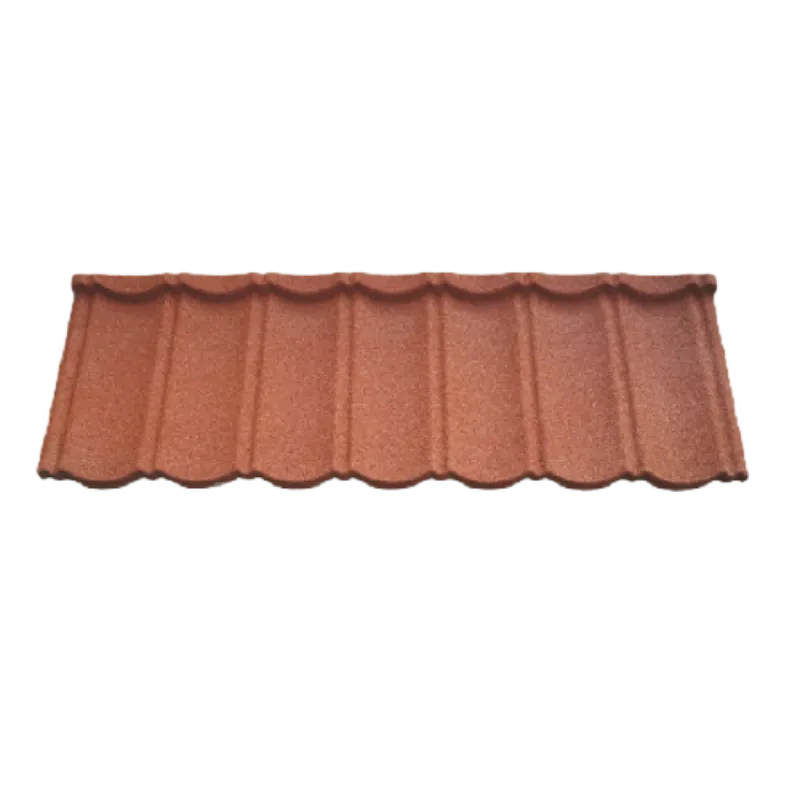
Nov . 03, 2024 16:43 Back to list
granulated rolled roofing
Granulated Rolled Roofing A Comprehensive Overview
Granulated rolled roofing is a practical and versatile roofing option widely used in both residential and commercial applications. This type of roofing material is typically made from bitumen, which is a byproduct of petroleum distillation. The resulting product is then combined with granular materials to enhance its durability, protect against UV radiation, and provide an aesthetically pleasing finish. In this article, we will explore the features, benefits, installation processes, and maintenance of granulated rolled roofing.
Features of Granulated Rolled Roofing
Granulated rolled roofing comes in large rolls that are easy to transport and install. The granules made from minerals, such as slate or talc, are embedded in the surface of the roofing material. These granules serve multiple purposes they protect the underlying material from the sun's harmful UV rays, provide traction to prevent slipping, and improve the overall appearance of the roof. The thickness of these rolled materials usually varies, but they typically range from 2 to 4 mm, granting excellent resilience to various weather conditions.
Benefits of Granulated Rolled Roofing
One of the primary advantages of granulated rolled roofing is its cost-effectiveness. Compared to traditional roofing materials, such as shingles or tiles, it can be significantly less expensive while offering comparable protection and longevity. It is especially beneficial for low-slope or flat roofs, where water drainage can be challenging. The seamless application minimizes the risk of leaks and water pooling, commonly associated with traditional roofing systems.
granulated rolled roofing

Additionally, granulated rolled roofing is relatively easy to install, which reduces labor costs and time
. Homeowners or contractors can often complete a project in a single day, making it a popular choice for quick repairs or new installations.Installation Process
The installation of granulated rolled roofing generally involves several steps. First, the existing roofing material, if applicable, should be evaluated. It may require removal or repair before proceeding. The surface must be clean, dry, and free of debris to ensure proper adhesion. Next, a suitable underlayment is installed, usually a type of felt paper that provides additional protection. The rolled roofing is then unrolled onto the prepared surface, overlapping each subsequent row to ensure adequate coverage. Roofing adhesive or hot asphalt is utilized to secure the material in place. Finally, granules are embedded into the seams to ensure a watertight finish.
Maintenance of Granulated Rolled Roofing
Maintaining granulated rolled roofing is relatively straightforward, though regular inspections are recommended to extend its lifespan. Homeowners should check for any damage, such as cracks or punctures, and address these issues promptly to prevent water intrusion. Cleaning gutters, removing debris, and ensuring proper drainage will also help maintain the integrity of the roofing system.
In conclusion, granulated rolled roofing is a reliable, cost-effective, and efficient roofing solution suitable for various building types. With proper installation and maintenance, it can offer excellent protection and extend the lifespan of a roof for many years. Whether considering a new roof or upgrading an existing one, granulated rolled roofing is an option worth considering.
-
Stone Coated Metal Roof Tile-Roman Tile for Durable Elegant Roofing
NewsJul.24,2025
-
Stone Coated Metal Roof Tile-Nosen Tile: Durable & Stylish Roofing
NewsJul.23,2025
-
Durable Tiles Made of Clay for Modern Cladding Solutions
NewsJul.22,2025
-
Stone Coated Roman Tile Metal Roofing - Durable & Elegant
NewsJul.22,2025
-
Premium Roofing Granules for Sale - High Durability & Cost-Saving
NewsJul.21,2025
-
Durable Laminated Shingles for Weather-Resistant Roofing
NewsJul.21,2025







